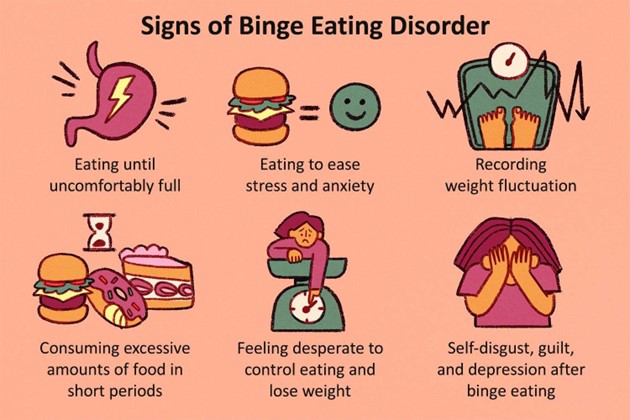A nurse is collecting data from a client who has posttraumatic stress disorder (PTSD) following a sexual assault. Which of the following is an expected finding?
Increasing sense of attachment to others
Increasing feelings of anger
Constant need to talk about the event
Sleeping 12 hr or more each day
The Correct Answer is B
Increasing feelings of anger are a common symptom of PTSD after a sexual assault, as survivors may feel violated, powerless, or betrayed by the perpetrator or others. Anger can also be a way of coping with fear, anxiety, or guilt that may arise from the trauma.
Choice A is not correct because the increasing sense of attachment to others is not a typical response to sexual assault. Survivors may experience difficulties in trusting or relating to others, especially those who remind them of the assault or who do not support them.
Choice C is not correct because the constant need to talk about the event is not a characteristic of PTSD. Survivors may avoid thinking or talking about the trauma, as it can trigger distressing emotions or memories. Some survivors may choose to share their experiences with others, but this does not indicate PTSD.
Choice D is not correct because sleeping 12 hr or more each day is not an expected finding of PTSD after a sexual assault. Survivors may have trouble falling or staying asleep, or experience nightmares or flashbacks that disrupt their sleep quality. Sleeping too much can also be a sign of depression, which can co-occur with PTSD.
Nursing Test Bank
Naxlex Comprehensive Predictor Exams
Related Questions
Correct Answer is B
Explanation
The nurse should walk with the client at a gradually slowing pace when caring for a client with a generalized anxiety disorder who is rapidly pacing the corridors of the unit. This intervention provides the client with support and helps to prevent the client from becoming overwhelmed or getting injured. Allowing the client to pace alone until physically tired.
choice A can increase the sense of isolation and anxiety. Asking a small group of other clients to walk with the client.
choice C may be inappropriate or even harmful in some cases. Calmly instructing the client to stop pacing and sit in the dayroom.
choice D can be perceived by the client as dismissive and may escalate the anxiety level. The nurse should work with the client and their family to develop an individualized plan of care that meets the client's needs and goals.
Correct Answer is ["A","B","D"]
Explanation
A nurse discussing comorbidities associated with eating disorders with a newly licensed nurse should include depression, anxiety, and obsessive-compulsive disorder (OCD) in the discussion. Clients who have eating disorders often have comorbid psychiatric conditions.

Depression and anxiety are two common conditions among clients with eating disorders. OCD is another condition that is often associated with eating disorders. Clients with OCD may have obsessive thoughts about food intake, weight, and body image. These clients may also engage in compulsive behaviors related to eating, such as calorie counting or food restriction. Options C and E are incorrect because breathing-related sleep disorders and schizophrenia are not typically associated with eating disorders.
Whether you are a student looking to ace your exams or a practicing nurse seeking to enhance your expertise , our nursing education contents will empower you with the confidence and competence to make a difference in the lives of patients and become a respected leader in the healthcare field.
Visit Naxlex, invest in your future and unlock endless possibilities with our unparalleled nursing education contents today
Report Wrong Answer on the Current Question
Do you disagree with the answer? If yes, what is your expected answer? Explain.
Kindly be descriptive with the issue you are facing.
